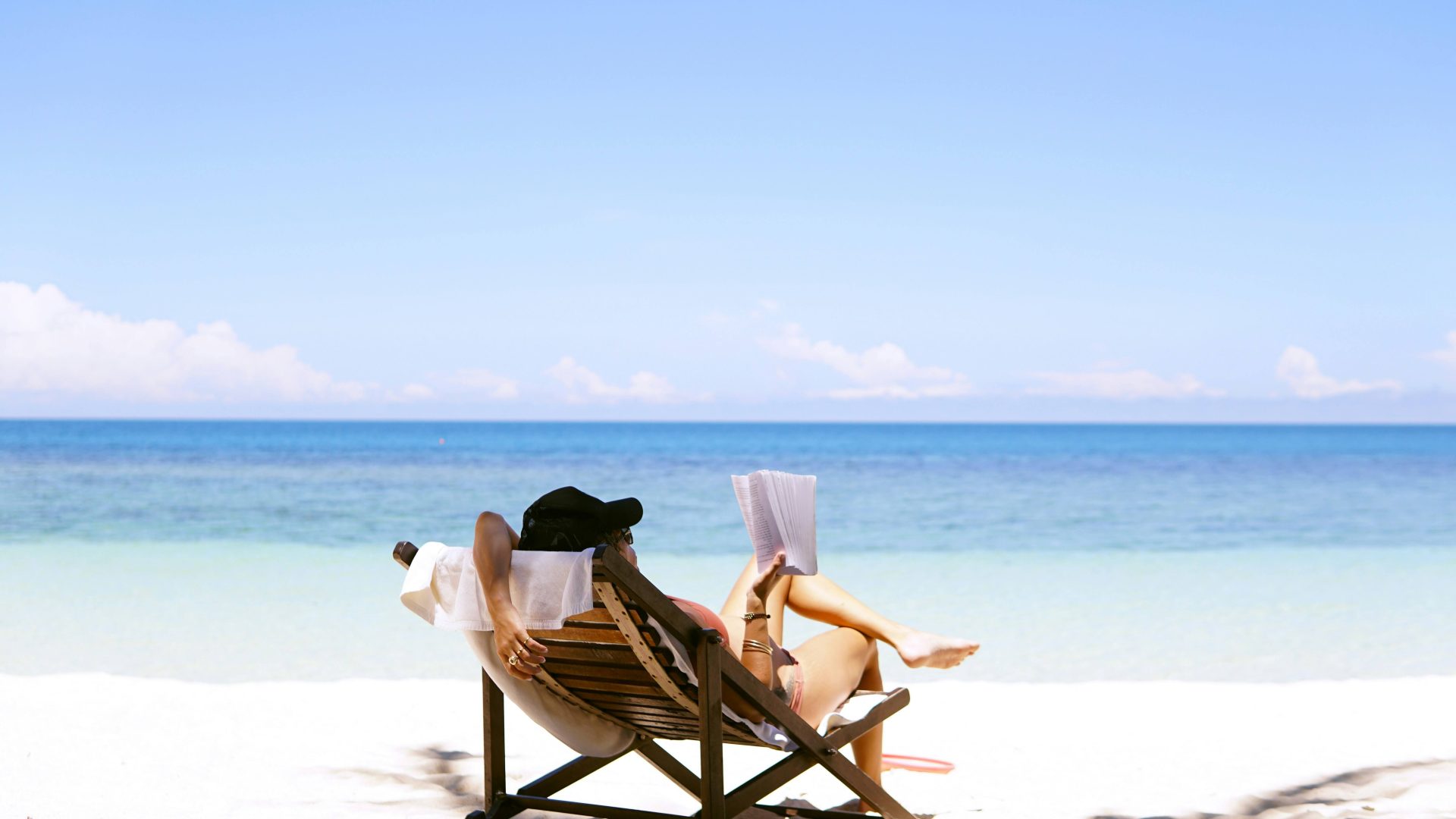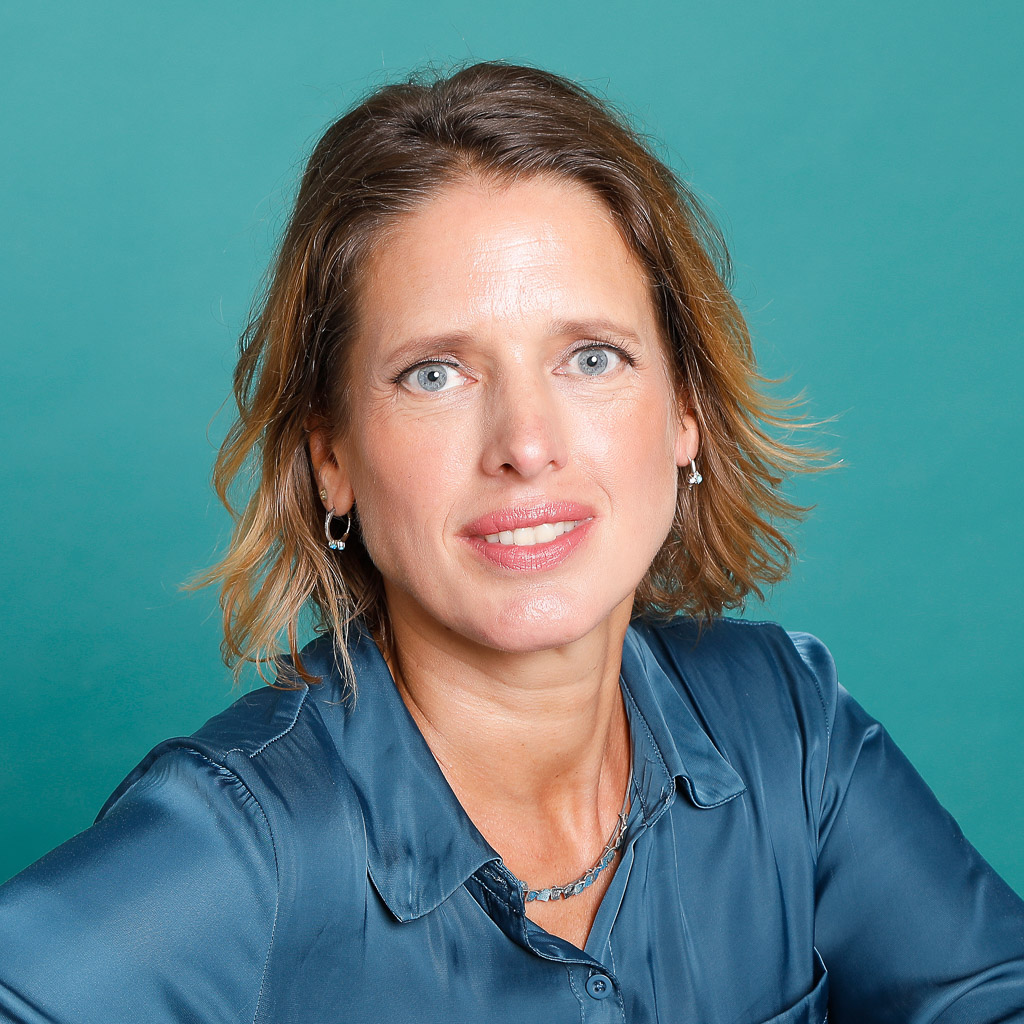
Depending on what country you live in, vacation time may be a scarce resource. The pressure is on to use it well. And that might defeat the whole purpose.


Depending on what country you live in, vacation time may be a scarce resource. The pressure is on to use it well. And that might defeat the whole purpose.
It started as a call to slow down and stave off burnout. Nigerian influencers and African American women started using the hashtag #softlife on TikTok, and it spread. As part of #softlife, #softtravel was born.
“Rather than rushing from attraction to attraction, soft travelers are savoring simple pleasures—strolling leisurely through charming neighborhoods without an agenda, getting lost in local shops, or relaxing at cafés with a good book and coffee,” Adam Schwab, co-founder and CEO of Luxury Escapes told Irish News.
But wait, hang on a second. Isn’t that just… vacation?
Maybe. But maybe it goes deeper than that. We’d venture to guess that if you’re reading this site, you’re a prime candidate for having crammed too many activities into a trip at least once. And you’re not alone. There’s a reason there’s a stereotype that American travelers always try to visit nine European countries in a weekend.
There’s no federally mandated paid vacation time in the US, so you’re lucky if you get any at all. The average worker gets about 11 days of vacation time each year, compared to the 20 to 30 days that are required by law in much of the rest of the world. The US is also massive, which makes it all but geographically impossible for most residents to jetset to another continent for a long weekend. So, when Americans do get the chance to travel overseas for a week or two, it makes sense that they would want to pack in as much as possible. But that’s where the line between ‘vacation’ and ‘relaxation’ gets starker.
According to a survey conducted last year, more than 90 percent of Americans find travel nerve-racking, and two-thirds find itinerary-planning to be daunting. A quarter said that the part of the trip that made them most nervous was returning home, presumably out of fear that they’d be buried alive by emails overflowing from their neglected inboxes. That fear has driven at least two-thirds of Americans to continue checking their work notifications even while they’re on paid time off.
And here’s where soft travel comes in. A soft travel trip is probably not the deep-sea scuba diving adventure of your dreams, or the multi-country backpacking trip of logistical nightmares. Rather, soft travel follows in the footsteps of another trend: Slow travel. How-to guides that have popped up around the internet on the back of the TikTok trend suggest taking trains over planes, settling in one destination for a long period of time, allowing for spontaneity, and immersing yourself in the local community.
Simply put: Rather than setting off on an exhilarating adventure, taking the soft way is taking the easy way, giving you more time to settle in and properly relax, rather than keeping to a strict itinerary.
“This trend is resonating with many people, especially city dwellers, because it helps to appease burnout from the over-scheduled, bucket-list-chasing style of travel that many people are tired of” Schwab told Irish News. “Instead, people are craving authentic, immersive experiences that let them live like locals for a while and be present in the moment.”
We have to say, the idea certainly resonates with us, too. So, we’re going to put it to the test. Stay tuned for a dispatch later this summer from the trenches of a soft travel adventure (we know, we know: Technically, that defeats the purpose, doesn’t it? But maybe we need a vacation…).
***
Adventure.com strives to be a low-emissions publication, and we are working to reduce our carbon emissions where possible. Emissions generated by the movements of our staff and contributors are carbon offset through our parent company, Intrepid. You can visit our sustainability page and read our Contributor Impact Guidelines for more information. While we take our commitment to people and planet seriously, we acknowledge that we still have plenty of work to do, and we welcome all feedback and suggestions from our readers. You can contact us anytime at hello@adventure.com. Please allow up to one week for a response.

Kassondra Cloos is a travel journalist from Rhode Island now living in London. Her work focuses on slow travel, urban outdoor spaces and human-powered adventure. She has written about kayaking across Scotland, dog sledding in Sweden and road tripping around Mexico. Her latest work appears in The Guardian, Backpacker and Outside, and she is currently section-hiking the 2,795-mile England Coast Path.








Can't find what you're looking for? Try using these tags: